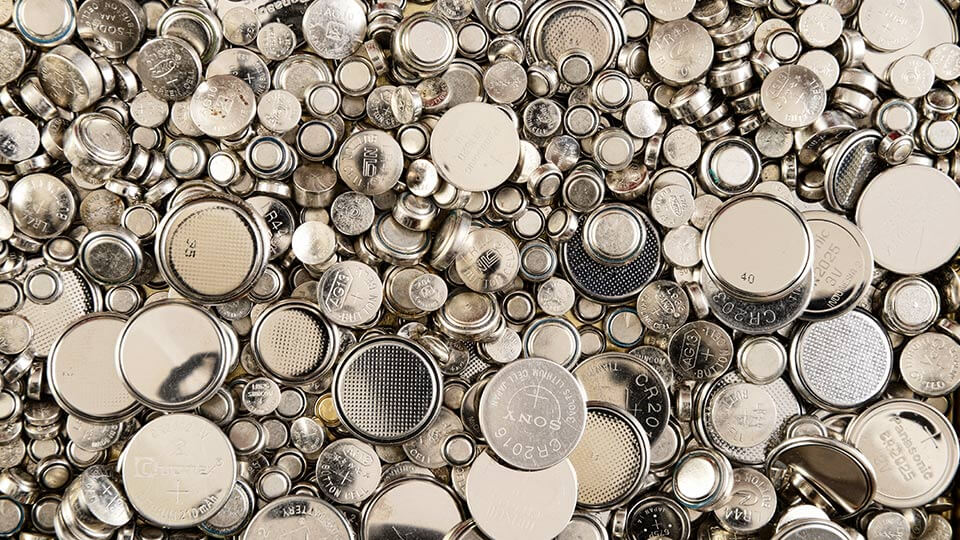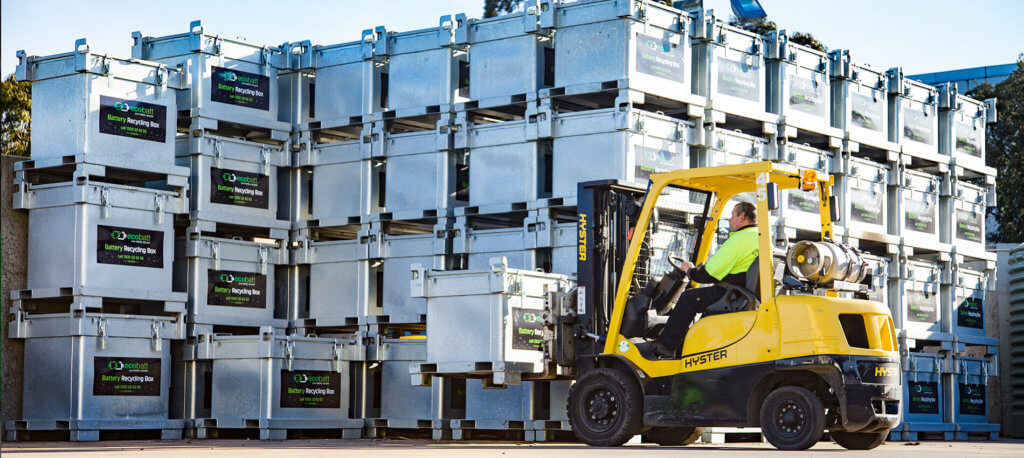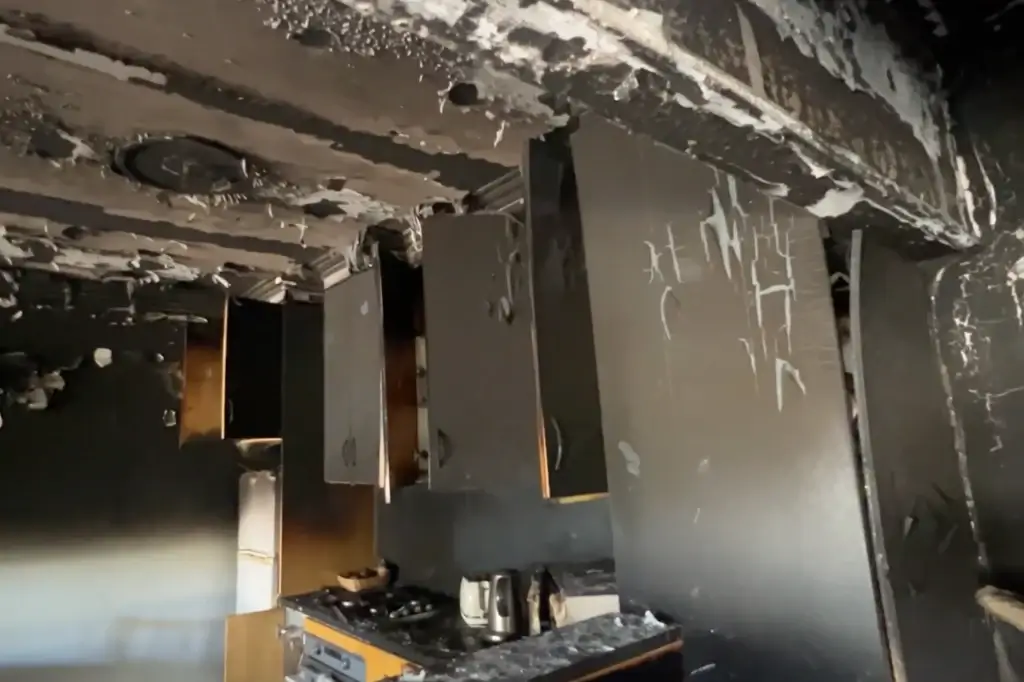It’s early days yet in the move from an oil-fuelled economy to one that runs on batteries, but analysts are looking into their crystal balls in their attempts to anticipate what the future lifecycle of lithium-ion batteries will be.
One such analysis by Creation Inn, a London-based energy storage and circular economy business development consultancy, predicts that by 2025 recycled lithium could fill 9% of the demand from battery manufacturers.
That equates to 5,800 tonnes of lithium metal (30,000 tonnes of lithium carbonate equivalent or LCE).
Recycling could also deliver 22,500 of cobalt, the other key ingredient of lithium batteries, equating to 20% of demand.
Why the low rate?
To put these figures into context, global mine production of lithium was 38,000 tonnes in 2016, so why is such a small fraction of what is being mined now likely to be turning up in recycling plants in 2025?
The report attributes the relatively low rate of recycling to the long service life of electric vehicle (EV) batteries coupled with positive prospects for a second life in utility storage applications.
Battery capacity declines over time, and while this decline in power to weight ratio is a real issue for EVs, it’s less of an issue in stationary power storage applications.
The report’s author, Hans Eric Melin, believes that at least 60% of EV batteries will have a second life before being sent for recycling.
That means a lot of the lithium mined today could still be in use in a decade or more from now.
As to where the battery recycling action will occur there is a stand-out winner: China.
With two thirds of the recycling to occur in China, this could create problems for North American and European battery manufacturers seeking to secure supplies of lithium.
By the time battery volumes in North America and Europe increase, China will have established a “strong competitive advantage through proven technology and available capacity”.
What about Australia?
Ecocycle Business Development Manager Daryl Moyle said the technology to fully recycle lithium batteries is not yet available in Australia.
“At present there is some sorting and crushing of lithium batteries with the materials then sent overseas for complete recycling,” Mr Moyle said.
Unfortunately, the federal government is making it difficult for companies to even achieve this.
“An export permit for waste batteries costs more than $17,000 and it takes months for each application to be processed,” Mr Moyle said.
“While Ecocycle is developing sound environmental solutions, at present lithium battery recycling requires us to utilise first-class recycling facilities offshore. However, the high cost of export permits just encourages dumping or stockpiling of waste batteries, and this is a totally undesirable outcome.”
To cover the cost of the export permit, considerable volumes of batteries would need to be accumulated and that takes time to achieve, again opening the door for those easier solutions.
“For now, we can only continue to express our concerns with the Department of the Environment and Energy in the hope that they will adjust their policies to support rather than hinder environmentally sound recycling,” Mr Moyle said.





